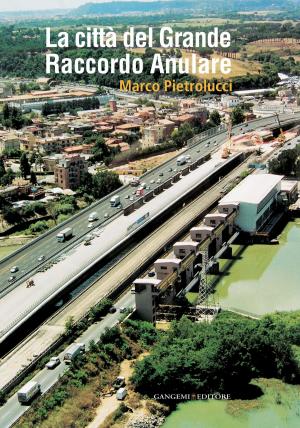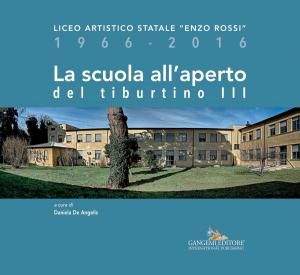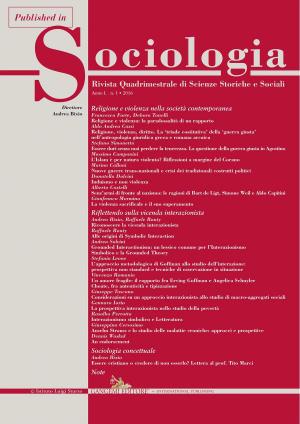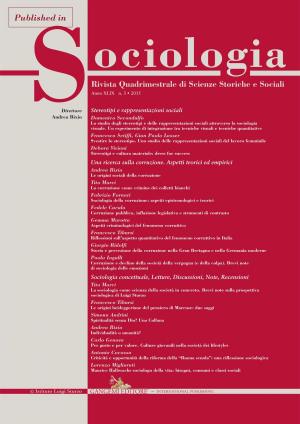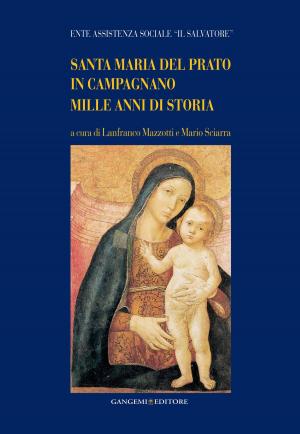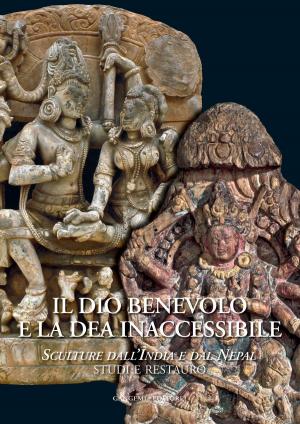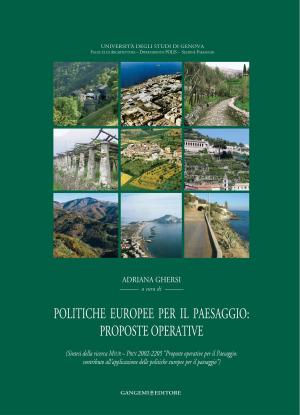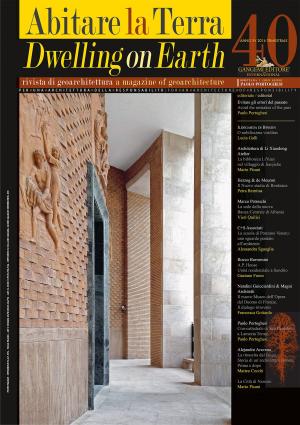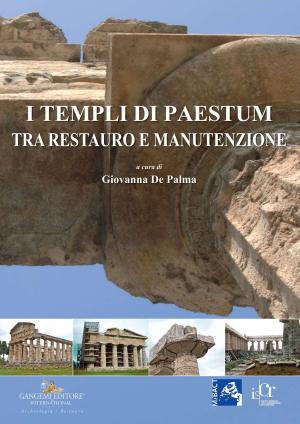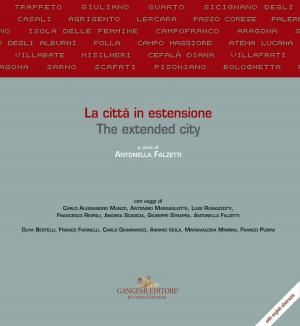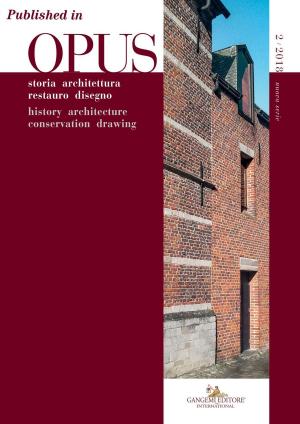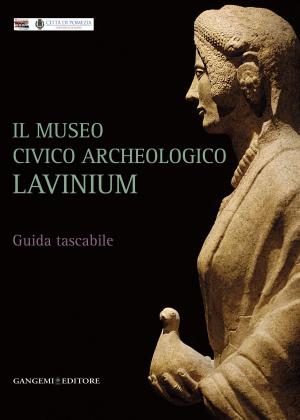Humanization of buildings. The Neolithic ritual of burying the sacred
Published in Origini n. XLI/2018. Rivista annuale del Dipartimento di Scienze dell’Antichità – “Sapienza” Università di Roma | Preistoria e protostoria delle civiltà antiche – Prehistory and protohistory of ancient civilizations
Nonfiction, Social & Cultural Studies, Social Science, Archaeology, Anthropology| Author: | Mehmet Özdoğan | ISBN: | 9788849243758 |
| Publisher: | Gangemi Editore | Publication: | April 17, 2019 |
| Imprint: | Gangemi Editore | Language: | English |
| Author: | Mehmet Özdoğan |
| ISBN: | 9788849243758 |
| Publisher: | Gangemi Editore |
| Publication: | April 17, 2019 |
| Imprint: | Gangemi Editore |
| Language: | English |
One of the striking aspects of the Neolithic Period is the excellent state of preservation of the architectural remains, particularly cult buildings. It has been astounding to consider mud brick buildings, for example at Çatalhöyük, standing up to 2 meters high with no sign of degradation of either plastered surfaces or painted decoration, or of revetment walls at Göbeklitepe, in places preserved over 5 meters, with loosely placed monoliths still standing upright. With these and other similar cases in mind, we scrutinized the architectural remains at Çayönü for the modalities of their excellent state of preservation. Taking into consideration indicators such as blocked doorways, rebuilding at the same location without using stones of earlier buildings, and selective patterns of finds left in the buildings, we concluded that almost all buildings related to communal practices or cult, or those that served as prestigious homes, were intentionally buried, some initially by burning. Considering the labour output in burying a building, it evidently must have been of considerable social significance and possibly part of the social memory and possibly. | Uno degli aspetti più suggestivi e allo stesso tempo bizzarri del Neolitico vicino orientale è l’eccellente stato di conservazione dei resti architettonici, in modo particolare degli edifici di culto. E’ stupefacente ritrovare mura in mattone crudo, come ad esempio quelle delle case del sito di Çatalhöyük, conservate fino a due metri di altezza, con intonaco e decorazioni dipinti perfettamente mantenuti, o quelle in pietra, alte oltre 5 metri con steli monolitiche ancora in piedi nel sito di Göbeklitepe. Partendo da quest’osservazione, il presente articolo ha come obiettivo di valutare i motivi alla base di una così eccellente e anomala conservazione e lo fa con un’analisi di dettaglio dei livelli datati al Neolitico Preceramico nel sito di Çayönü. Prendendo in considerazione elementi quali la chiusura di passaggi, la ricostruzione di nuovi edifici nel pieno rispetto di quelli sottostanti e il rinvenimento di specifici materiali all’interno degli stessi, il presente lavoro ritiene che la maggior parte degli edifici connessi ad attività comunitarie o cultuali, così come strutture domestiche con ruolo particolare, fossero seppellite intenzionalmente e a volte incendiate. Tale pratica sottolinea il valore sociale di tali edifici; lo sforzo della comunità per seppellire gli stessi suggerisce che facessero parte di una memoria collettiva.
One of the striking aspects of the Neolithic Period is the excellent state of preservation of the architectural remains, particularly cult buildings. It has been astounding to consider mud brick buildings, for example at Çatalhöyük, standing up to 2 meters high with no sign of degradation of either plastered surfaces or painted decoration, or of revetment walls at Göbeklitepe, in places preserved over 5 meters, with loosely placed monoliths still standing upright. With these and other similar cases in mind, we scrutinized the architectural remains at Çayönü for the modalities of their excellent state of preservation. Taking into consideration indicators such as blocked doorways, rebuilding at the same location without using stones of earlier buildings, and selective patterns of finds left in the buildings, we concluded that almost all buildings related to communal practices or cult, or those that served as prestigious homes, were intentionally buried, some initially by burning. Considering the labour output in burying a building, it evidently must have been of considerable social significance and possibly part of the social memory and possibly. | Uno degli aspetti più suggestivi e allo stesso tempo bizzarri del Neolitico vicino orientale è l’eccellente stato di conservazione dei resti architettonici, in modo particolare degli edifici di culto. E’ stupefacente ritrovare mura in mattone crudo, come ad esempio quelle delle case del sito di Çatalhöyük, conservate fino a due metri di altezza, con intonaco e decorazioni dipinti perfettamente mantenuti, o quelle in pietra, alte oltre 5 metri con steli monolitiche ancora in piedi nel sito di Göbeklitepe. Partendo da quest’osservazione, il presente articolo ha come obiettivo di valutare i motivi alla base di una così eccellente e anomala conservazione e lo fa con un’analisi di dettaglio dei livelli datati al Neolitico Preceramico nel sito di Çayönü. Prendendo in considerazione elementi quali la chiusura di passaggi, la ricostruzione di nuovi edifici nel pieno rispetto di quelli sottostanti e il rinvenimento di specifici materiali all’interno degli stessi, il presente lavoro ritiene che la maggior parte degli edifici connessi ad attività comunitarie o cultuali, così come strutture domestiche con ruolo particolare, fossero seppellite intenzionalmente e a volte incendiate. Tale pratica sottolinea il valore sociale di tali edifici; lo sforzo della comunità per seppellire gli stessi suggerisce che facessero parte di una memoria collettiva.

